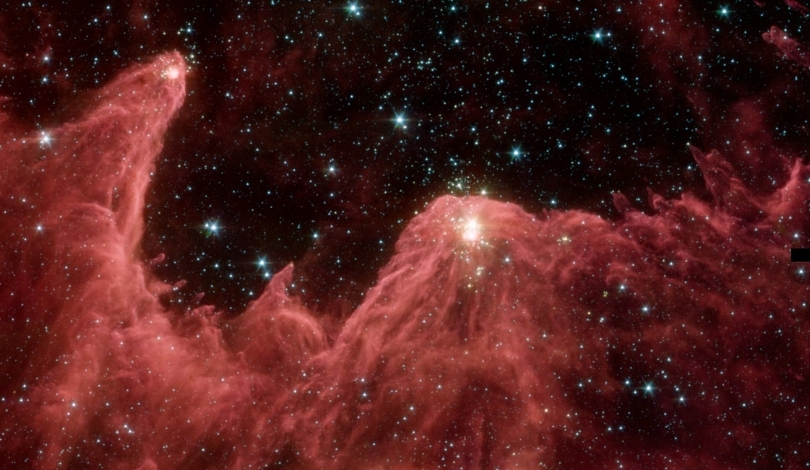A team of astronomers has identified a supermassive black hole in the early universe that is growing at an unprecedented rate. This discovery challenges existing theories about black hole growth and provides new insights into the dynamics of the early cosmos. The black hole, named LID-568, offers a unique opportunity to study the mechanisms that enabled such rapid development in the universe’s infancy.
Research shows that black holes typically grow by accreting material from their surroundings, but there has always been a theoretical limit to how quickly this process can occur. The newly observed growth rate of LID-568 suggests that these cosmic giants can exceed previously believed boundaries, indicating that our understanding of black hole mechanics may need revision.
How did LID-568 surpass theoretical growth limits?
LID-568 is feeding on matter at a rate forty times higher than the Eddington limit, which is the maximum rate at which a black hole can accrete material without blowing it away through radiation pressure. According to the team,
“This extreme accretion rate indicates that standard models may not fully capture the complexities of black hole growth in the early universe.”
The intense inflow of material suggests that LID-568 experienced a single, rapid accretion event that significantly accelerated its growth.
What methods were used to detect LID-568?
The discovery of LID-568 was made possible through the combined use of the James Webb Space Telescope‘s NIRSpec instrument and data from the Chandra X-ray Observatory’s COSMOS legacy survey. By analyzing galaxies that were bright in X-rays but dim in optical and near-infrared wavelengths, astronomers were able to isolate and study the emissions from the black hole’s accretion processes.
What are the implications of LID-568’s growth rate?
The rapid growth of LID-568 challenges the existing Eddington limit theory, suggesting that supermassive black holes may have more versatile growth mechanisms than previously thought.
“Understanding how LID-568 defies theoretical limits could reshape our models of galaxy evolution and the role of black holes within them,”
noted Dr. Hyewon Suh, leading astronomer of the study. This could lead to new theories about energy outflows and mass accumulation in the early universe.
This finding aligns with previous observations of unusually large black holes in the early universe but provides concrete evidence of how these entities might surpass growth constraints. Previous theories did not account for such high accretion rates, making LID-568 a pivotal case in black hole research.
The study of LID-568 not only provides a deeper understanding of black hole growth but also offers valuable insights into the conditions of the early universe. Continued observations and research will be essential to unravel the complexities of these extraordinary cosmic phenomena and to refine our theoretical models accordingly.










